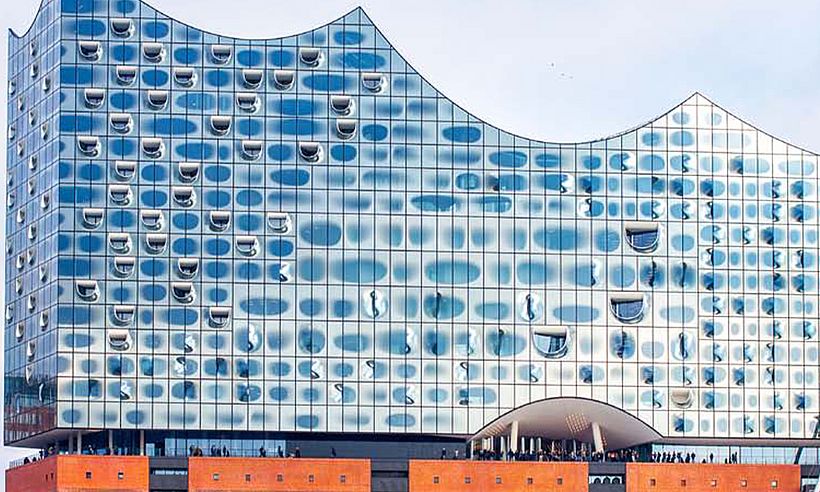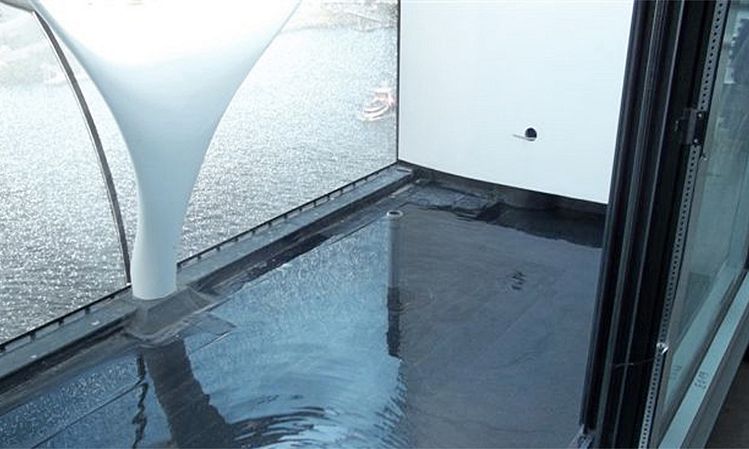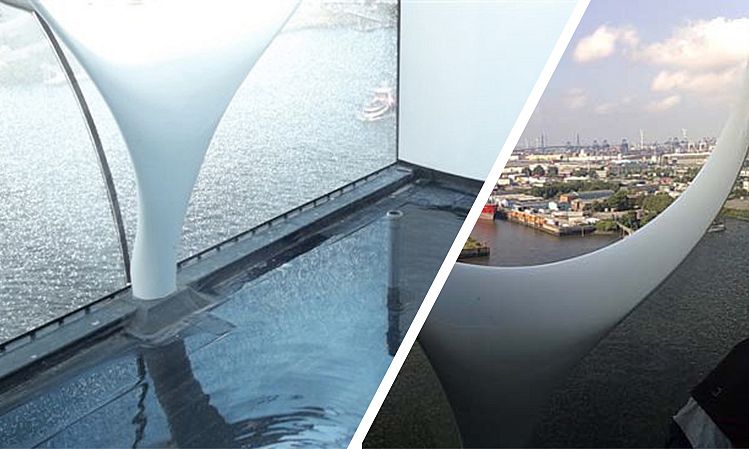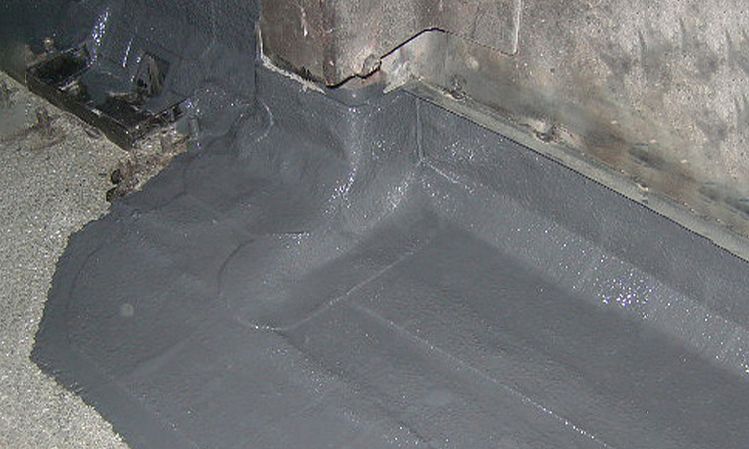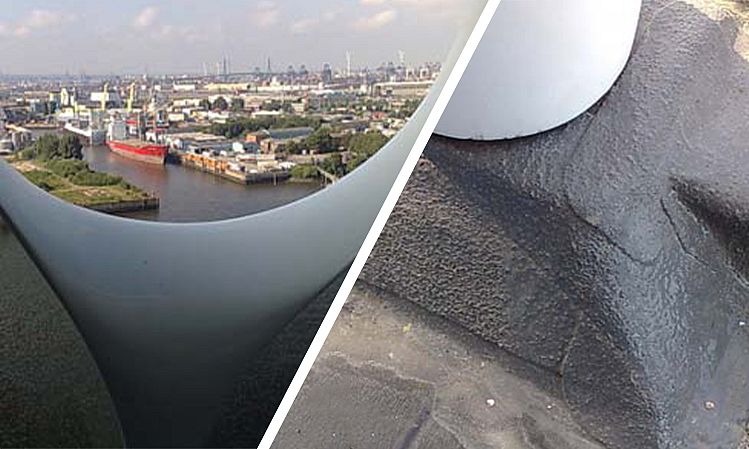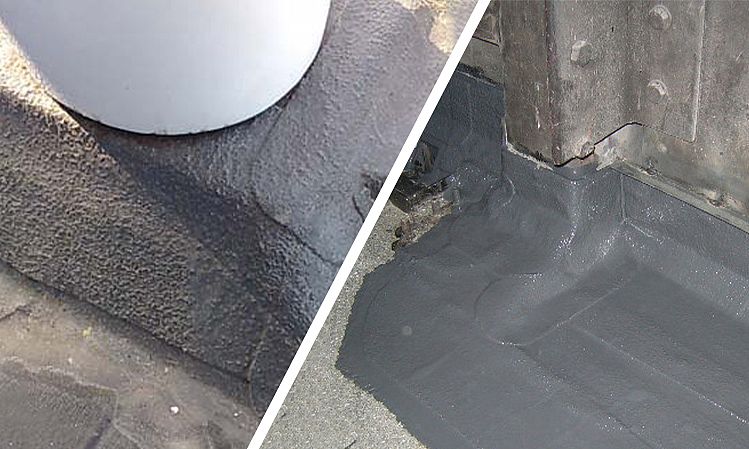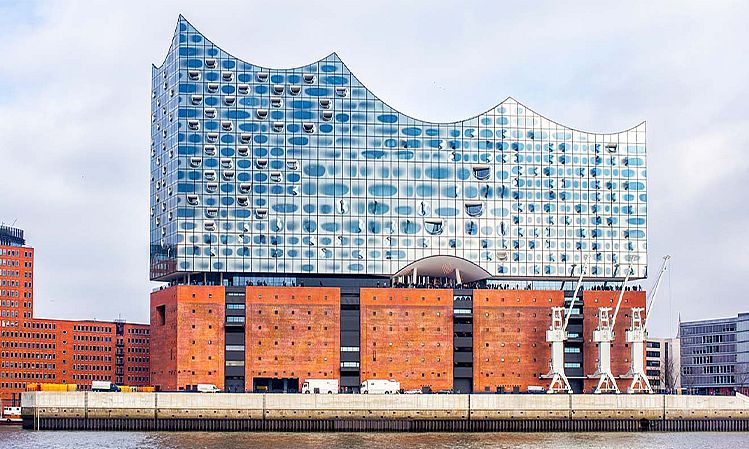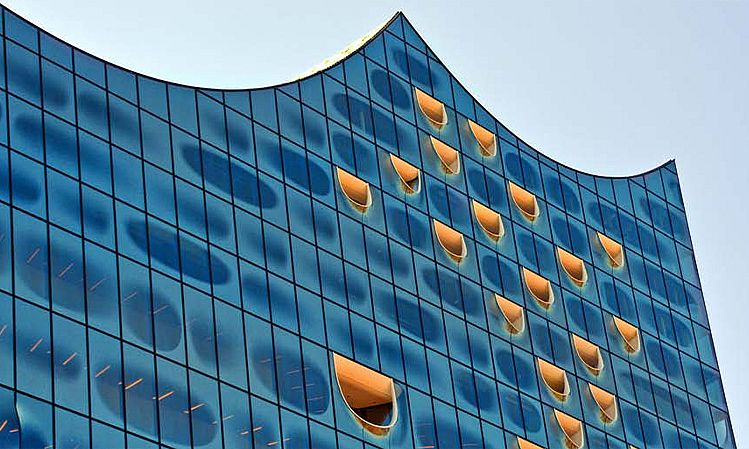Tempered tuning forks
Hanseatic citizens are generally considered sober and detached, but when it comes to the Elbphilharmonie, even Hamburgers go into raptures. The Elbphilharmonie is more than a concert hall with unique acoustics, more than an architectural work of art. The "Elbphi", a symbiosis of architecture and culture, is Hamburg's new landmark and a real crowd puller. After almost ten years of construction, the prestigious building in Hafencity opened in January 2017. Since then, concert tickets have been sold out for months and the Plaza, a spectacular viewing platform located 37 metres above the ground on the roof of the former warehouse, has become Hamburg's most beautiful city balcony.
Wave-shaped glass construction
As early as 2003, the Swiss architects Herzog & de Meuron presented the first design to the public. The wave-shaped glass construction of the Elbphilharmonie, inspired by the play of waves on the Elbe, was to be placed on top of the historic Kaispeicher A, a massive brick building at the western tip of HafenCity. Now the design is a reality and the glass façade with curved and incised glass panels in parts captures the reflections of the sky, the water and the city. A bridge between tradition and modernity that is visible from afar. In addition to the concert halls and a music education area, the building houses a five-star hotel, gastronomy, 43 exclusive flats and a multi-storey car park.
Secure underground connections
98 small and six large façade elements in the shape of tuning forks accentuate the impressive glass construction. They consist of spherically curved panes and glass-fibre reinforced plastic (GRP). It was this material that enabled the design of free forms in the first place. Behind them, invisible from the outside, are small open spaces that can be entered from the inside like loggias. The base of the fork rests on two counter-rotating spring axles so that the fork is always on the same axle. The connections of these tuning forks to the substrate were sealed with KEMPEROL by master roofer and building expert Jeff Schindler.
First, the metal base of the tuning fork elements was cleaned with KEMCO MEK cleaning agent, then sanded and pre-treated with KEMPERTEC D primer for an optimal bond.
The waterproofing was carried out with the solvent-free and odourless KEMPEROL 2K-PUR, which bonds to the substrate over the entire surface and forms a homogeneous surface. In addition, connections to the building in the area of eight former loading hatches were secured with KEMPEROL. Jeff Schindler finally applied an alkali protection to the surfaces. For this purpose, the cured KEMPEROL waterproofing was overcoated with KEMPERTEC EP primer and sprinkled with KEMCO NQ 0712 natural quartz. The loggias were then given a wear-resistant covering of wood or other materials.


